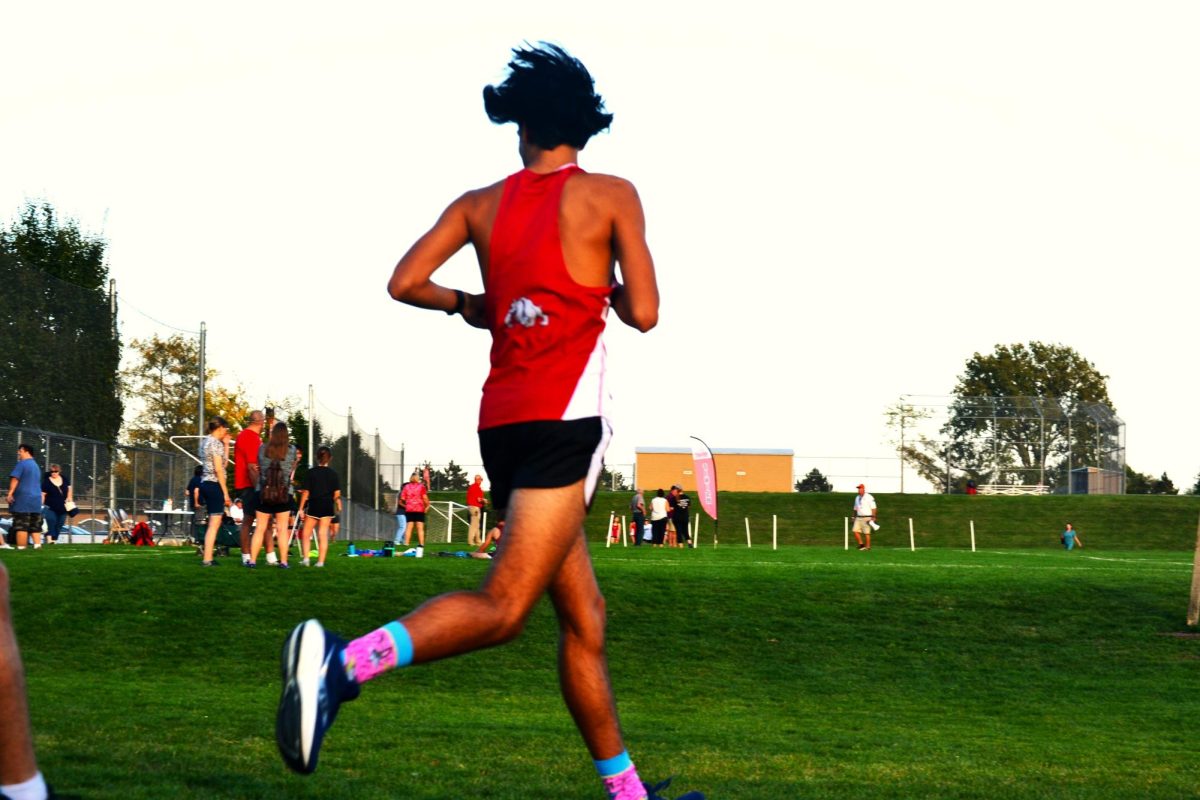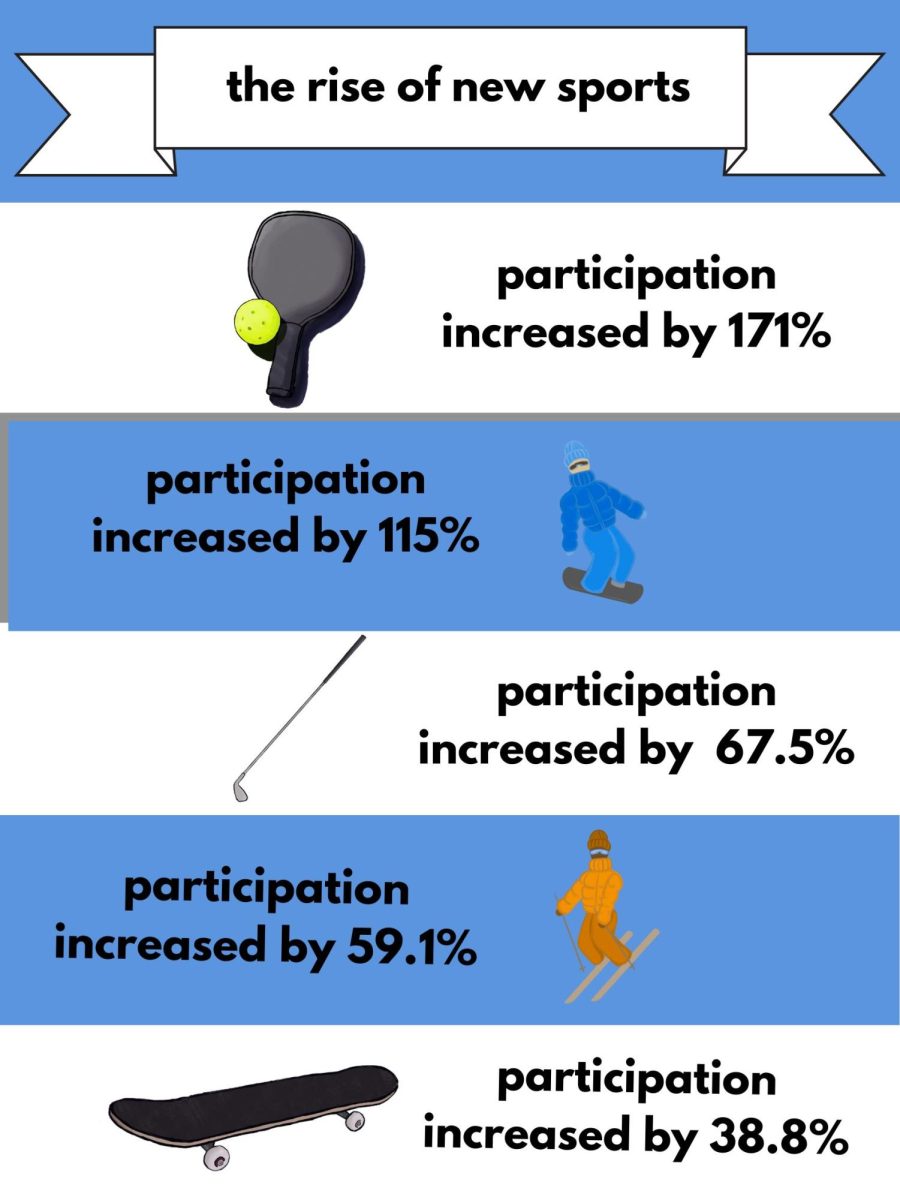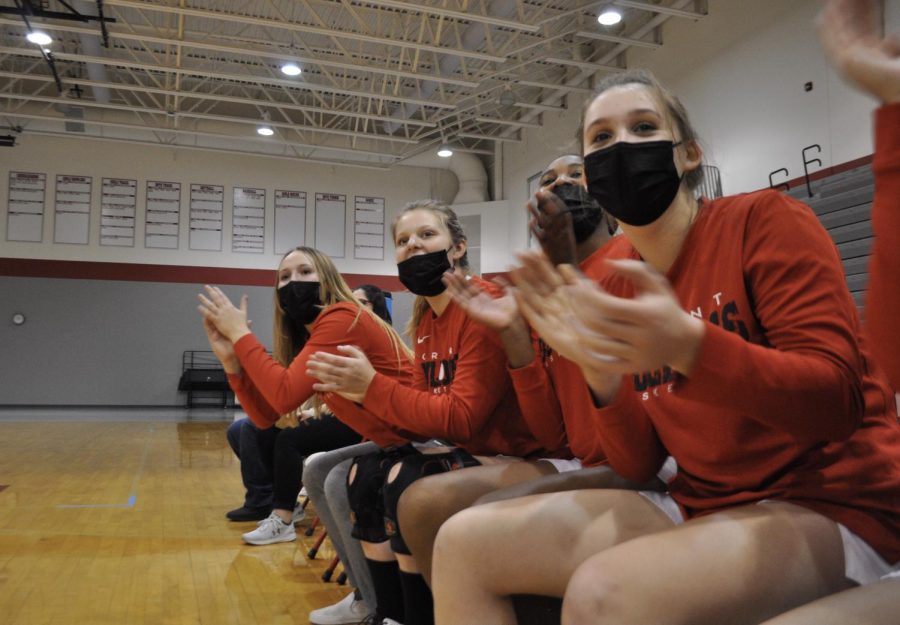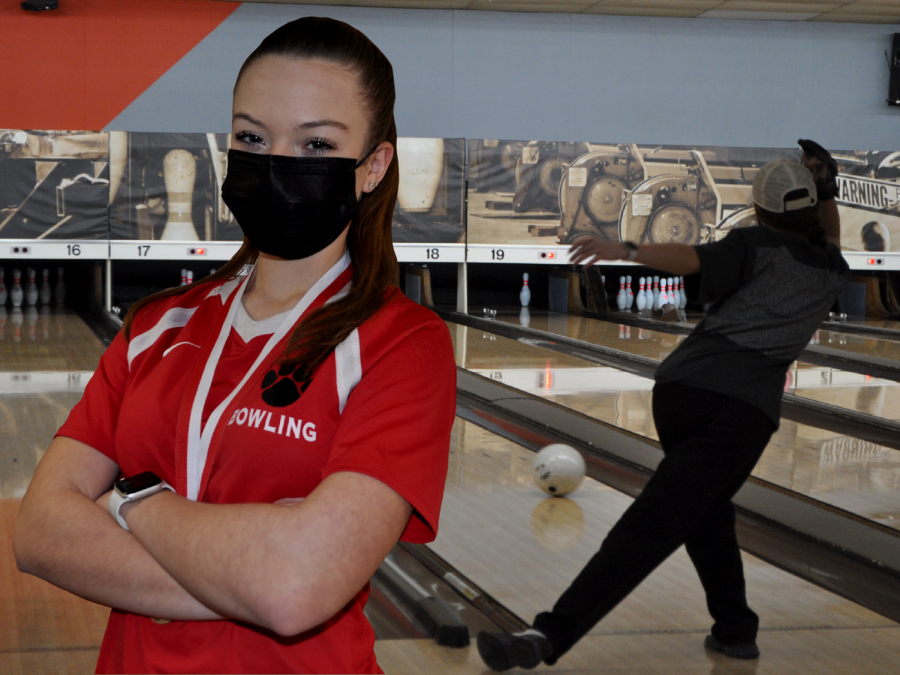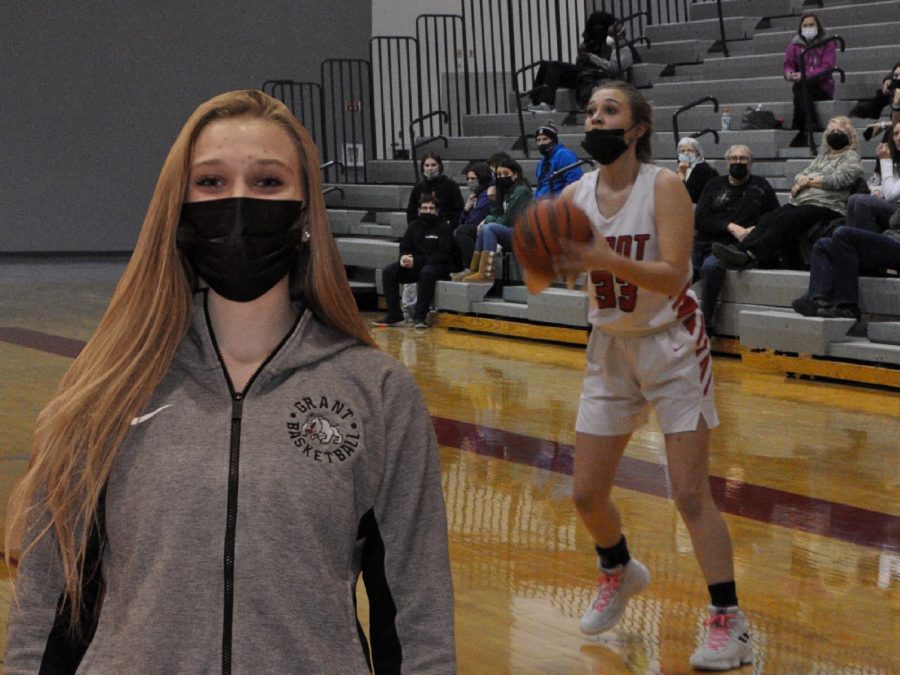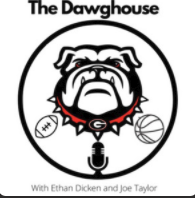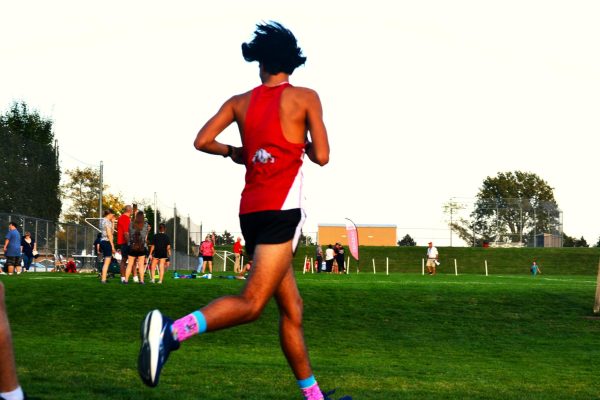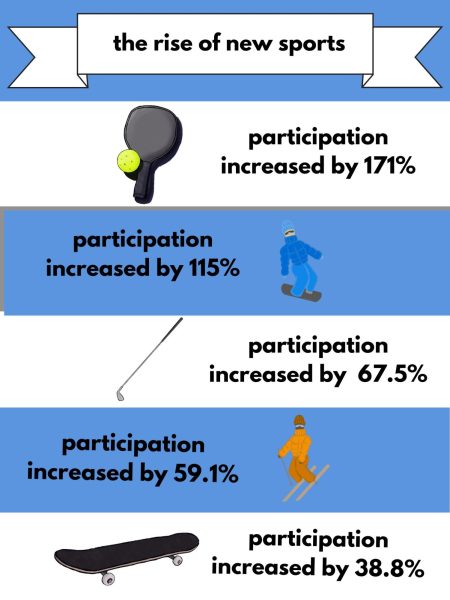Training Around the Clock
October 3, 2018
You just got home after a rigorous workout, your body is sore, and just flat out exhausted, but you knew you gave every little ounce of energy you had toward that workout, and you couldn’t be more satisfied. What most athletes aren’t aware of is that muscle growth occurs after the moment you stop lifting, and in order to maximize each and every workout, the proper recovery protocol should be in order.
One of the most important factors is what you eat throughout the day prior to your workout. Side towards lean, organic meats and complex carbohydrates. The proteins and nutritional values that you receive from those foods should still be circulating through your body for at least 3 you workout on a day-to-day basis, as said by LiveStrong.com, ensure that your diet includes about 1.7 grams of protein per kilogram of your body weight, so roughly between 111-159 grams a day. As some people know, a little sugar before physical activity can be beneficial to the body in terms of getting the blood flowing. One professional athlete is notoriously famous for his love and consumption of Skittles during NFL football games, Oakland Raiders Running Back, Marshawn Lynch. So much so, that the fruit-flavored candy company released and gave Lynch his very own special edition Skittles pack. However, try to avoid consuming more than 25 grams in the hour prior to the activity as you may be affected by weakness and fatigue. In fact, the American Heart Association (AHA) recommends limiting the amount of added sugars you consume to no more than half of your daily discretionary calories.
Another key aspect of getting the most out of your workout is an efficient stretching routine. It can be one of the most important factors of maximizing your workout. It is also extremely beneficial in preventing any strains or injuries to your muscles, and even allows you perform more reps. A study published in The Journal of Strength and Conditioning Research found that static stretching before a workout reduced participants’ strength in the squat by 8.36 percent, and reduced lower-body stability by 22.68 percent.
Instead, try dynamic stretching, which is stretching involving movement, such as jumping jacks, leg kicks, squats, and lunges. Static stretching can still be beneficial, especially for sports requiring more flexibility. Stretching after your workout doesn’t hurt, as it may relieve muscle tension and reduce the soreness that you may feel later. Barbara Bolotte from the International Federation of Body Builders (IFBB) quotes “Prolonged stretching with moderate exercise and diet control will reduce cholesterol and significantly reverse hardening of the arteries, more people should be taking stretching more seriously!”
I’m sure your parents have told you this enough growing up, but sleep is key. Sleep and exercise hold a mutually beneficial, cyclical relationship. Australian journalist Barbara James studied the values of sleep. “Sleep is not just for relaxing. This is the necessary downtime that your body needs to restore. This is what it’s for,” explains James. You need to give your body some down time to rest and repair itself. In turn, physical activity increases time spent in deep sleep, the most physically restorative sleep phase. According to NINDS, deep sleep helps to boost immune function, support cardiac health, and control stress and anxiety.
One last, small recovery tip is to consume some source of potassium following your workout, such as bananas. Potassium is a key mineral that plays a huge role in catabolism, which is the breakdown of the complex molecules in your muscles that allows your body to come back stronger. So before you engage in your next workout or any form of physical activity, keep these regimens in mind to make the most of your athletic ability, and to treat your body right!





















